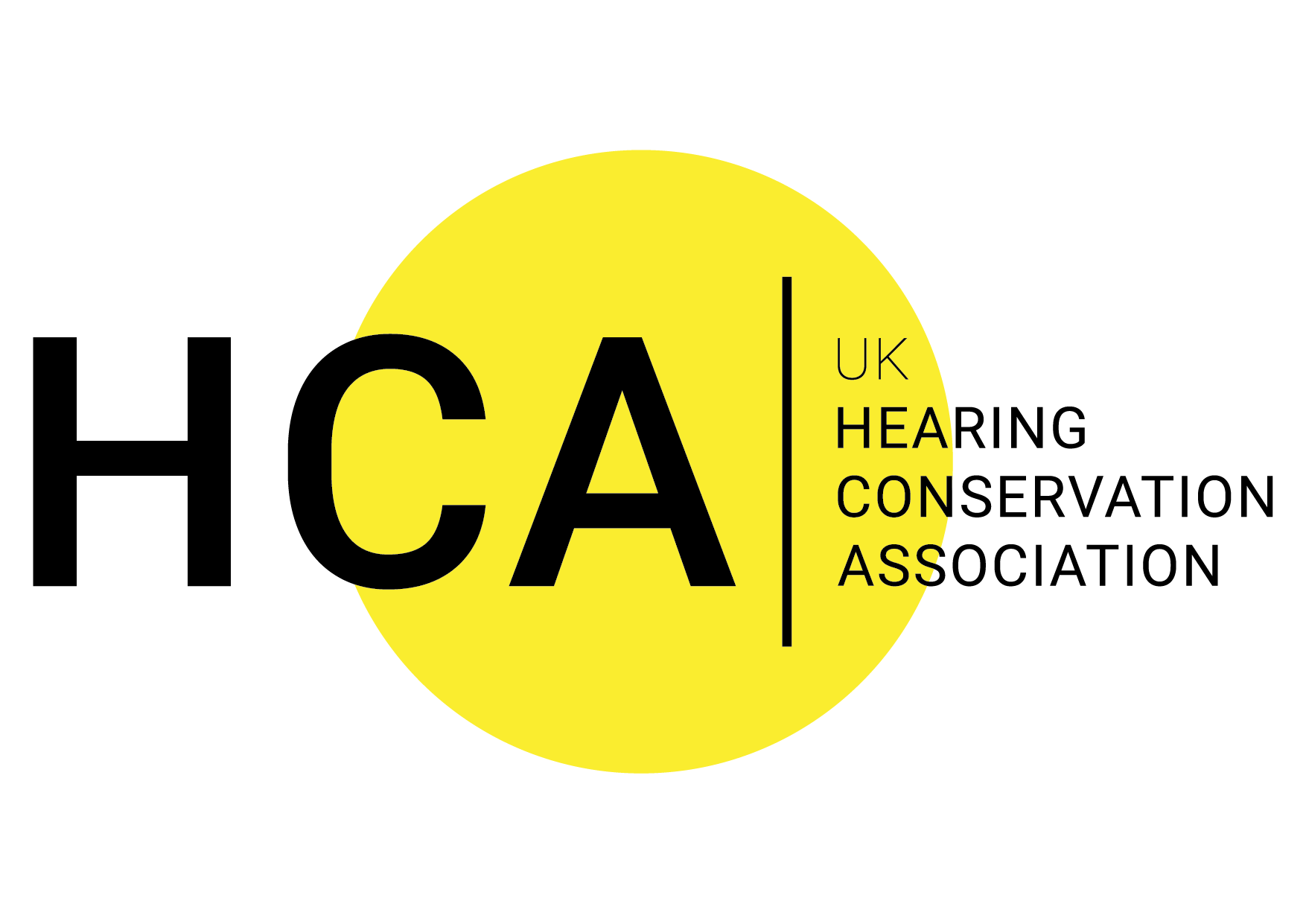Review by Clare Forshaw
The third in the series of webinars was from Andrea Harman of Ecophon who presented to us on ‘The impact of acoustic design on people’s health & wellbeing’
The presentation explored how we can plan to improve internal sound environments by considering the needs of the people using it, the activity taking place within the environment and the space itself.
Andrea described the 5 factors shown to be essential for users to report a space as a ‘good environment’, and the same factors we are most likely to complain about if they are not right!
Lighting, Air Temperature, Acoustics, Air quality, Ergonomics.
We can see that Acoustics is one of the important issues we look for in a good work or living space. However, design can often only focus on purely the visual aesthetic or reflect the functional needs of the space – missing the opportunity to consider a user’s comfort and experience within that space.
People
Andrea highlighted that our ears are designed to listen and hear in an outdoor space and so building walls has led to an unnatural hearing experience and an increase in noise levels. This results in negative health responses. Noise leads to stress especially when a person may already be stressed in that environment such as at work or in a hospital. An increase in noise level has been shown to have a direct correlation with an increase in heart rate, type 2 diabetes and obesity. Hearing Loss has also been linked with earlier onset of dementia. Conversely good sound environments have been shown to improve sleep quality and increase recovery rates in hospitals.
We also have people within our leisure and work environments who already suffer a hearing loss. 40% of over 50-year olds have a hearing loss and in the UK we can take 10 years before we address this issue by seeking medical support or hearing aids. Those with a hearing loss obviously need a stronger sound signal in order to be able to hear. However, the noisier an environment the worse the ability to hear.
Activity
We would expect and anticipate that industrial workplaces are noisy. However, it has also been shown that places where you would expect quiet, such as hospitals, have been shown in a UK Study to reach peak sound levels of 100dB! Open plan offices also often allow sound to easily travel through the space causing problems for the workforce. Schools can also be very noisy. It is said that school teachers need to raise their voice by 20dB above background noise to be heard – if the background noise is 65dB a teacher will have to shout at 85dB to be heard by the class – leading to increased stress levels for the teacher.
Room Acoustics
We can solve these issues by thinking at the design stage about how we want sound to travel in a space and the kind of acoustic experience we need. Obviously not every space will require or need the same sound environment. But designing for good acoustics and user needs can prevent a lot of health concerns, stress and dissatisfaction for users in the future.

Recent Comments